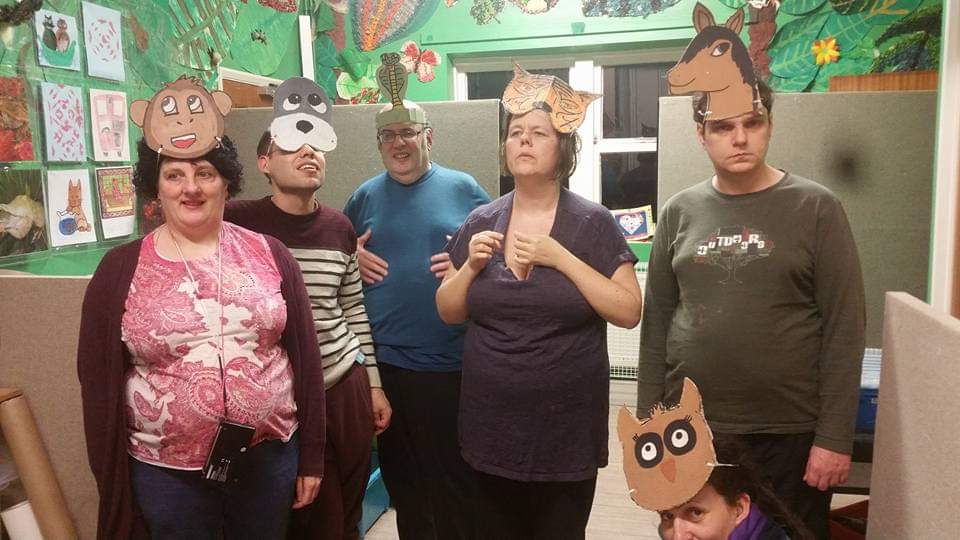
- Role-playing
- Improvisation
- Storytelling
- Projective play
- Mime
- Speech
- Movement
- Acting out
- Props
- Masks
Acting appeals to many people. Something draws us to the concept of taking on a persona other than ourselves, delving into unfamiliar motives and gestures is captivating. Role-playing provides an extraordinary way for adults and children struggling with many challenges. Life-changing ideas manifest when someone is permitted to “act” in an unfamiliar role.
When the therapist takes part and assumes the role of people in the client’s life it can uncover powerful insights.
Role-playing is a game, but not without purpose.
Role-playing lets you know how you feel about someone, a situation or yourself.
It helps to centre your thoughts and unite them with your words
How to succeed and navigate difficult social interactions
Role-playing is a fantastic tool to reveal insights into yourself and others. It can support you to become sensitive to the thoughts and emotions of others while building your confidence. Role-playing removes emotional barriers and heals relationships.
Improvisation
Because ReACT it Out understands the core concepts of improvisational games, we bring a real change to our clients.
For example, a client ‘stuck’ in negative behaviours learns alternative reactions only after experimenting. Also, trying out different scenarios will show clients what might happen if they resort to their negative behaviours.
Experimenting in this way removes pressure off the client, allowing them to ‘feel out’ a situation without consequences. Improvisation starts with warm-ups to prepare the minds, body and emotions of everyone taking part.
I may use a mixture of sound, image or movement. The session thereafter aims is flexible and adaptive for these are core skills a client will apply in real-life.
Story-telling
Storytelling is one of the simplest and perhaps most compelling drama therapy tool. It would stimulate the participant’s imagination.
The aim in any storytelling activity is to listen to a story or create a story. If it is to create a story, the aim is to encourage a playful attitude.
There are many variations and methods when using the storytelling tool. However, the story analysis and reflection remains the same. I would ask the client questions like these:
- which characters in the story represents you or other people important to you?
- how did the story make you feel, was it scary, happy, etc.?
- what themes stuck out for you?
Free Drama therapy techniques you can use page




A. The Sun Shines On
How to encourage shy or quieter members to familiarise themselves with their own voice and encourage confidence
Let the group you are working with sit in a circle. Someone sits in the middle and says, “The sun shines on people who (pick a fact that more than one person, including the person saying it, in the room has, e.g. have brown eyes; are wearing red; had eggs for breakfast etc.).
All the people who have that attribute must exchange places. The person in the middle must try to take one of their places, leaving a new person in the middle to say the next “The sun shines on…” thing.
Reflection:
Ask the group questions like; have you learned something new about your group members?
How did it feel being in the middle?
Did you learn anything about yourself?




B. Eyes!
How to increase self worth and improve communication skills
Some children avoid eye contact and struggle to follow instructions or execute tasks on their own.
The aim of this game is that no person should be on the same spot after the count of five.
Ask the group to stand in silence in a circle. Let them know only their eyes will do the talking. The leader counts to five and says to the group look at one person in the circle.
When both people lock eyes in a stare, ask the two individuals to swap places. As the game progresses the leader will speed up the game by cutting to 3 and then to two and then to one.
Reflection:
What was easy and hard in this game?
Did you become less or more confident looking at people in the group?
What did you think about the game?

